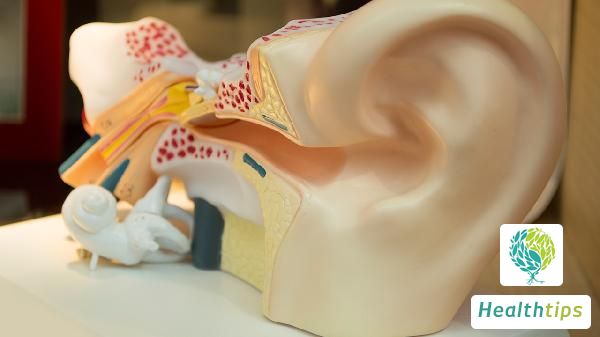How Many Stages Are There in Kidney Disease?
1. Kidney disease is generally divided into five stages of pathology, which can be clinically distinguished by glomerular filtration rate (GFR) and creatinine levels.

2. Most kidney diseases lead to decreased renal function. The main manifestation of decreased renal function is decreased glomerular filtration capacity and abnormal creatinine excretion. Kidney disease can be staged by measuring these two indicators, generally divided into five stages. Stage 1 has a GFR of greater than or equal to 90ml/min with normal creatinine function. As the disease progresses, it enters Stage 2, known as the renal compensatory stage, where GFR decreases to some degree, ranging from 60-89ml/min, and creatinine levels in the body can reach 133-176μmol/L.
3. If the patient does not receive treatment during the renal compensatory stage, the kidney disease can further progress into the intermediate stage. Stage 3 is the renal decompensatory stage, with a GFR of 30-59ml/min and creatinine levels of 177-442μmol/L. At this point, even with treatment, effective reversal is not possible. The condition can gradually progress into the renal failure stage, with a GFR of 15-29ml/min and creatinine levels increasing to 443-707μmol/L, indicating end-stage kidney disease. If it further progresses, it can enter the terminal stage, resulting in uremia, with a GFR of less than 15ml/min and creatinine levels above 707μmol/L.
4. Regular urine tests and renal function checks are necessary to prevent the continuous progression of kidney disease and endanger the patient's life.



















